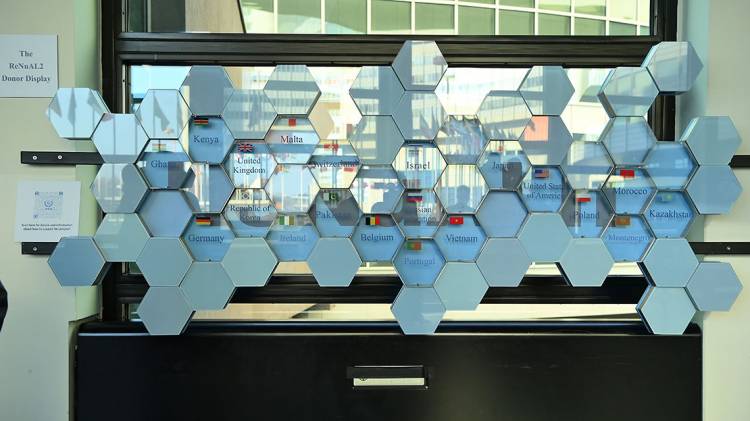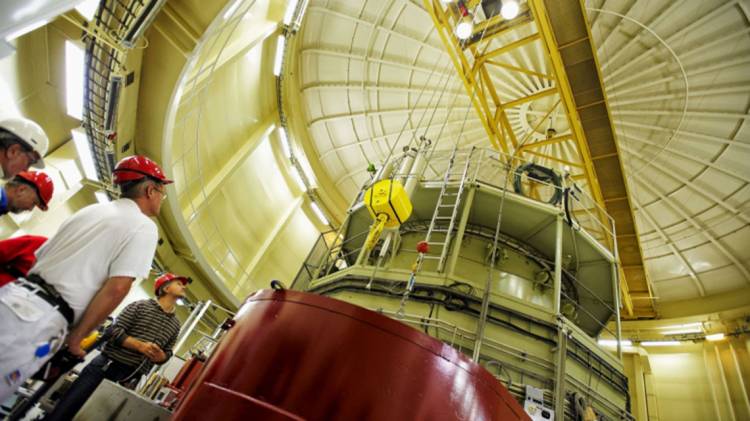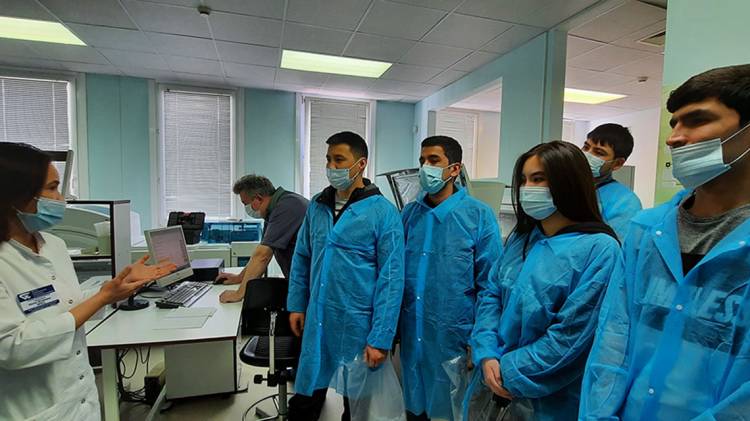
Recognition of ReNuAl2 Contributors. (Photo: IAEA)
In September, the IAEA dedicated its Scientific Forum to investigate how nuclear science can further help the world prepare for future zoonotic outbreaks. Panellists of the Scientific Forum recognized the IAEA’s Zoonotic Disease Integrated Action (ZODIAC) initiative as important and timely for enhancing response preparedness to pandemics using nuclear and related techniques. The forum further concluded that closer coordination, collaboration, and communication towards scientific advancements in research, early detection and monitoring of zoonotic diseases are key in preventing or containing the next epidemic or pandemic such as COVID-19.
The 28th IAEA Fusion Energy Conference (FEC 2020) was organized by the IAEA and hosted by the French Alternative Energies and Atomic Energy Commission (CEA) and the ITER Organization, showcasing the latest advancements in fusion science and technology. It was postponed to May 2021 due to the COVID-19 pandemic and took place virtually, gathering almost 4,000 participants from around the world. The week-long conference explored key physics and technology issues as well as innovative concepts of direct relevance to the use of nuclear fusion as a future source of energy. The conference included more than 100 scientific presentations delivered by leading researchers and engineers in fusion science and technology development; numerous virtual tours of ITER and other fusion research labs; virtual exhibition booths; and various side events on topics including the history of the FEC series, the role of women in fusion and education opportunities in fusion.
On 30 September 2021, the IAEA Environment Laboratories in Monaco celebrated their 60th anniversary. These unique research facilities within the UN system were created to provide IAEA Member States with the tools and knowledge necessary to understand and tackle pressing marine environmental challenges. The IAEA organized a number of onsite and offsite events to commemorate the anniversary.
The IAEA held its first ever technical meeting on artificial intelligence (AI) for nuclear technology and applications in October, providing a synopsis of the current state-of-the-art, outlining challenges and identifying opportunities for accelerating progress on the applications of AI in nuclear science, technology, and applications — from human health to water and environment to food and agriculture, to nuclear data and nuclear physics, and also nuclear fusion, nuclear power, nuclear security, radiation protection and safeguards verification. The event launched a global dialogue on the potential of AI in the nuclear field and the related implications of its use, including ethics and transparency. At the AI for Good Global Summit 2021, the IAEA also joined the International Telecommunication Union (ITU) and 37 other UN organizations to work together in identifying AI applications that accelerate reaching the UN Sustainable Development Goals.
With a steady increase in the number of donor countries, including both developing and first-time contributing nations, the latest phase of a major project to refurbish the IAEA’s nuclear applications laboratories in Seibersdorf, near Vienna, is approaching the next milestone: construction start. In September, Mr Grossi unveiled a new donor recognition display to honour contributors to the Renovation of the Nuclear Applications Laboratories (ReNuAL2) phase of the modernization initiative. ReNuAL2 will deliver a new building to house three laboratories: the Plant Breeding and Genetics Laboratory, the Nuclear Sciences and Instrumentation Laboratory and the Terrestrial Environment Laboratory, as well as new greenhouses, and will complete the modernization of the Dosimetry Laboratory. Construction is planned to begin in the first quarter of 2022, with an expected completion date by the end of 2023.
This year, the IAEA held a series of regional NUTEC Plastic roundtable events and discussed nuclear solutions to marine plastic pollution with partners from Africa, the Americas, Asia and the Pacific as well as Europe and Central Asia. At the meetings, IAEA experts presented NUTEC Plastics, which helps countries integrate nuclear techniques into their strategies to address plastic pollution. NUTEC Plastics builds on the IAEA’s efforts to deal with plastic pollution through marine monitoring using isotopic tracing techniques and recycling using radiation technology. It provides science-based evidence to characterize and assess marine microplastic pollution, while also demonstrating the use of ionizing radiation in plastic recycling, transforming plastic waste into reusable resources.










